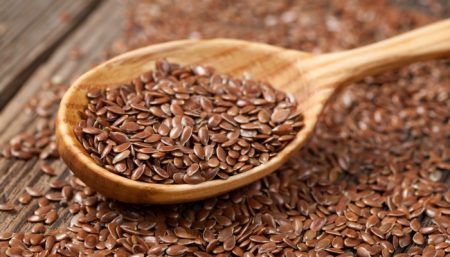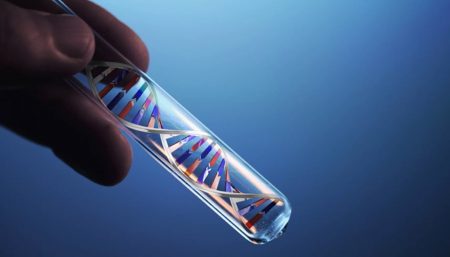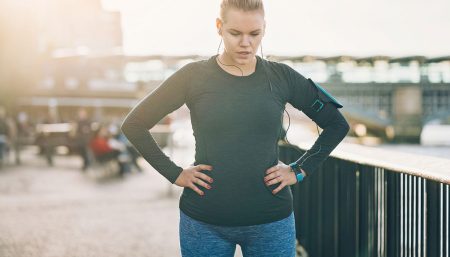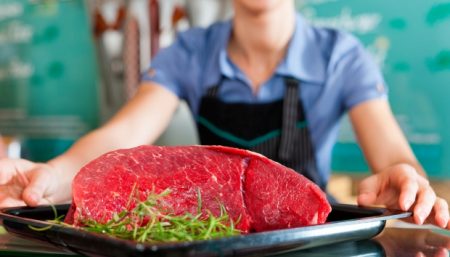Endometriosis is a female health disorder that occurs when cells from the lining of the womb (uterus) grow in other areas of the body. This can lead to pain, irregular bleeding, and problems getting pregnant. While some women with endometriosis remain asymptomatic, others experience dysmenorrhea, dyspareunia, non-cyclical pelvic pain, and sub-fertility. Now, new research indicates that patients with endometriosis are also more likely to develop inflammatory bowel disease.
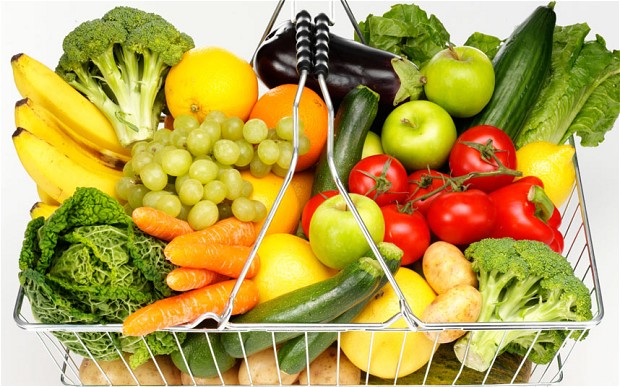
Every month, a woman’s ovaries produce hormones that tell the cells lining the uterus (womb) to swell and get thicker. The body removes these extra cells from the womb lining (endometrium) when you get your period. If these cells (called endometrial cells) implant and grow outside the uterus, endometriosis results. The growths are called endometrial tissue implants. Women with endometriosis typically have tissue implants on the ovaries, bowel, rectum, bladder, and on the lining of the pelvic area. They can occur in other areas of the body, too.
One of the objectives in treating endometriosis is to bring balance to your hormones, and reduce the amount of estrogen in your body (endometriosis is fed by estrogen). Therefore, a diet that helps reduce estrogen and promote an alkaline body, and supports your general health, is going to help those with endometriosis fight back.
Foods that can Help Prevent Endometriosis
For those with endometriosis, there are specific foods that you should eat. The Endometriosis Good Foods List includes :
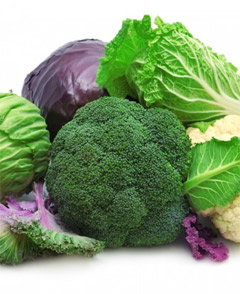 Fruits & Vegetables, especially cruciferous vegetables: Women may be able to lower their risk of endometriosis by eating more fresh fruit and green vegetables. According to a study published in 2004, lead researcher Dr Fabio Parazzini from the Gynaecologic Clinic of the University of Milan, explained, “What we found was that there was a 40% relative reduction in risk of endometriosis in women with higher consumption of green vegetables and fresh fruit. But, for those with a high intake of beef, other red meat and ham, there was an increase of about 80-100 percent in relative risk.” Fruits like apples, blueberries, blackberries, cranberries, goji berries, acai berries are good for managing endometriosis. Sage, Celery and Parsley contain flavones that block the enzyme aromatase that converts adrogens to estrogens, thereby decreasing overall estrogen production.
Fruits & Vegetables, especially cruciferous vegetables: Women may be able to lower their risk of endometriosis by eating more fresh fruit and green vegetables. According to a study published in 2004, lead researcher Dr Fabio Parazzini from the Gynaecologic Clinic of the University of Milan, explained, “What we found was that there was a 40% relative reduction in risk of endometriosis in women with higher consumption of green vegetables and fresh fruit. But, for those with a high intake of beef, other red meat and ham, there was an increase of about 80-100 percent in relative risk.” Fruits like apples, blueberries, blackberries, cranberries, goji berries, acai berries are good for managing endometriosis. Sage, Celery and Parsley contain flavones that block the enzyme aromatase that converts adrogens to estrogens, thereby decreasing overall estrogen production.- Whole Grain Foods: An endometriosis-friendly diet should be high in fiber. Estrogen production is decreased when you eat a high-fiber diet and, as an added benefit, your digestion will also improve. Aim for about 25 grams of fiber each day. Whole grains provide us with insoluble fiber, which is not digested by the body. E.g. amaranth, barley, buckwheat, bulgur, cornmeal, farro, hominy, kamut, millet, oats, quinoa, rice, job’s tears, sorghum, spelt, teff, triticale, and wheat berries, excluding wheat and rye. Choose brown rice over white rice, use oats or crushed bran in recipes in place of bread crumbs, add whole grains to meat dishes to add extra body to the dish.
- Flaxseed: Flaxseed help stabilize a woman’s estrogen-progesterone ratio, due to the presence of the hormone-balancing lignans and plant estrogens (phytoestrogens). They can improve uterine function and help treat fertility problems. The essential fatty acids in flaxseed have been shown to block production of prostaglandins, hormonelike substances that, when released in excess amounts during menstruation, can cause the heavy bleeding associated with endometriosis.
- Amaranth and other whole seeds: Its seeds are a good source of protein. Compared to other grains, amaranth is unusually rich in the essential amino acid lysine. The seeds of Amaranthus species contain about thirty percent more protein than cereals like rice, sorghum and rye. In cooked and edible forms, amaranth is competitive with wheat germ and oats – higher in some nutrients, lower in others. Amaranth seeds contain lysine, an essential amino acid, limited in other grains or plant sources. Alfalfa sprouts contain phytoestrogens. Use them liberally on salads.
- Beans such as Navy Beans, which are high in choline or choline supplements. Bean sprouts supply more genistein (the more active of the two phytoestrogens) than soybeans. As beans germinate, their genistein content increases. If the sprouts have fungi, the genistein content may increase as much as hundred-fold! Pinto beans, yellow split beans, black turtle beans, lima beans, anasazi beans, red kidney beans, red lentils, black eyed peas, mung beans, adzuki beans and fava beans are other sources of these important phytoestrogens. If you have endometriosis, eat as much edible beans as possible as often as possible. Eat salads made of bean sprouts. Take bean soups, baked beans, and Mexican foods rich in beans such as burritos.
- Chicken in moderation: By eating less meat, you’ll not only be reducing your intake of potentially harmful fats, but also of estrogen.
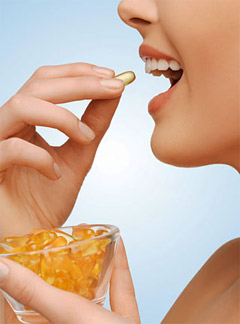 Fish Oil: Research has shown that fish oil may offer several benefits for women with endometriosis. A study which was done on animals suggests that the Omega-3 fatty acids in fish oil can help reduce the pain which is caused by endometriosis. The Omega-3 fatty acid in fish oil helps to reduce inflammation, according to the University of Maryland Medical Center. This is the main reason fish oil is believed to help reduce pain that is caused by endometriosis. Omega-3 fatty acids in fish oil can also help boost a woman’s immunity.
Fish Oil: Research has shown that fish oil may offer several benefits for women with endometriosis. A study which was done on animals suggests that the Omega-3 fatty acids in fish oil can help reduce the pain which is caused by endometriosis. The Omega-3 fatty acid in fish oil helps to reduce inflammation, according to the University of Maryland Medical Center. This is the main reason fish oil is believed to help reduce pain that is caused by endometriosis. Omega-3 fatty acids in fish oil can also help boost a woman’s immunity.- Unsaturated fats high in Omegas 3 and 6: The inflammation and cramping of endometriosis are caused primarily by an excess of a certain prostaglandin, a natural fatty acid. Fortunately, you may be able to balance out your prostaglandin levels by getting more omega-3 fatty acids. Animal studies have shown omega-3 beneficial in reducing the symptoms of endometriosis and human studies have proven omega-3 can reduce period pain (Supplementation with omega-3 polyunsaturated fatty acids in the management of dysmenorrhea in adolescents. American Journal of Obstetrics and Gynecology,1996;174:1335-8.) Consider taking omega-3 supplements as a natural treatment for endometriosis. Rich sources of omega-3 fatty acid are certain types of fish, such as mackerel, salmon, and herring, and oils from olives, flax seeds, evening primrose, safflower, and walnuts.
Super Foods for Endo!mustard greens broccoli cabbage turnips cauliflower kale bok choy brussels sprouts |
Eliminate sugar and sugary foods, alcohol, caffeine, dairy products, fried foods, foods that contain additives, all hardened fats, junk foods, fast foods, red meats, poultry (unless organically raised and skinless), refined and processed foods, salt, and shellfish.
References
Disclaimer
The Content is not intended to be a substitute for professional medical advice, diagnosis, or treatment. Always seek the advice of your physician or other qualified health provider with any questions you may have regarding a medical condition.
